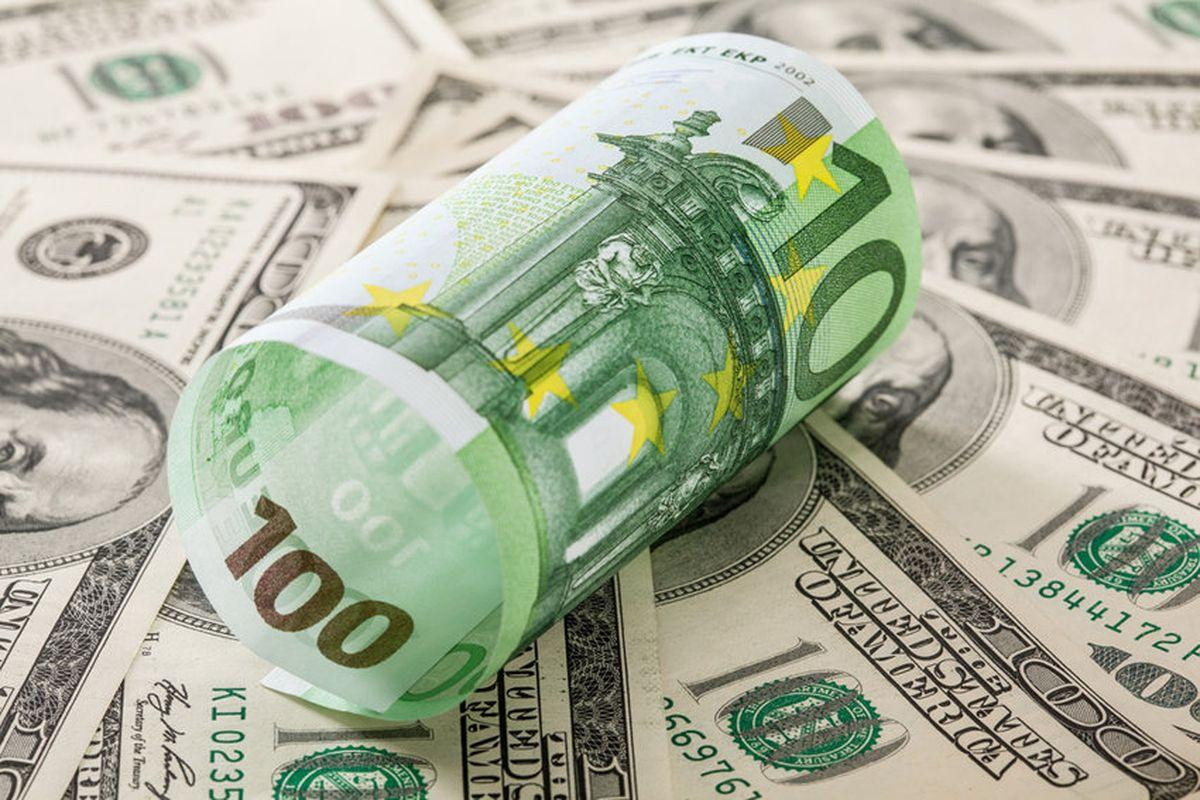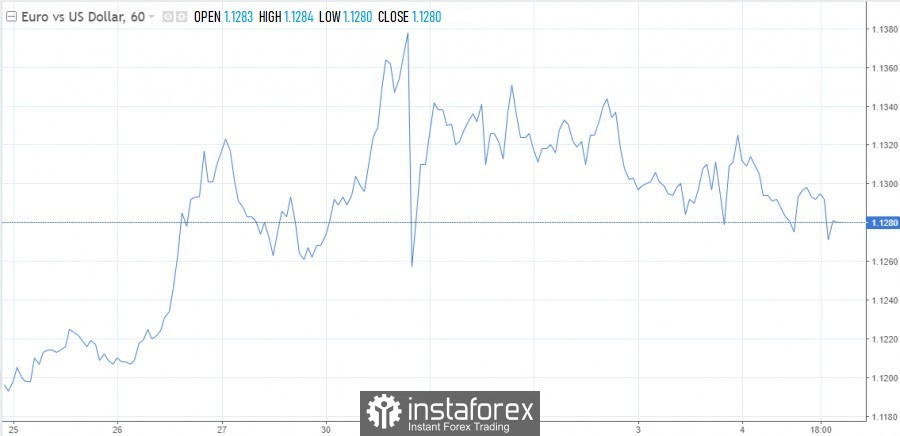
The European Central Bank likes to copy the behavior and actions of the Federal Reserve. Does this mean that ECB President Christine Lagarde will soon step up the fight against inflation by tightening policy?
An ECB rate hike in 2022 is "very unlikely." Because of Friday's comments in the framework of the online conference, opinions appeared about the so-called professional suitability of the head of the ECB. Lagarde will support any relevant topic (gender inequality, environmental risks, climate change) and will find something to say on any issue, but not the policy and mandate of the central bank to maintain price stability.
Touching on the topic of the eurobloc economy, she tends to downplay the severity of inflation and the consequences of the pandemic. German observers sharply criticized Lagarde, calling her position on inflation "disoriented." In addition, it was concluded that the ECB is engaged in anything but its direct business.
The leading economist of the central bank, Otmar Issing, currently headed by the analytical center in Frankfurt, does not demand to ignore the same topic of the consequences of climate change. However, other officials should lead the fight on this front.
As for the central bank, its direct duties and attitude to the current situation in the economy, the rigidity of politicians would not hurt here. This is a useful quality when it comes to inflation threatening the economy. Representatives of the central bank of Germany differ in this position, and its outgoing head, Jens Weidmann, was the main hawk in the composition of the ECB governors.
Meanwhile, the prospective new German Chancellor, Olaf Scholz, expressed his readiness to nominate former central bank board member Joachim Nagel to replace Weidmann. A more pragmatic and less "ideological" Nagel is likely to leave the militant position of his predecessor, as the inflation rate in Germany is at a 30-year high of 6%. However, it is not yet clear how strong its influence on the ECB's position will be.
Will the Fed meet the expectations of the markets
Fed Chairman Jerome Powell has also previously been criticized for being slow to react to rising price pressures. He recently said that it was time to abandon the expression "rolling" inflation and accelerate the curtailment of incentives, which implies a rate hike in the first half of next year. The International Monetary Fund also called for a faster curtailment of QE on Friday. According to the Fund, Omicron outbreaks may contribute to an even greater increase in inflationary pressure.
Confidence is now growing in the markets that the FOMC will announce an acceleration of the procedure for winding down bond repurchases at the December 14-15 meeting. The pace can be increased from the current $15 billion to $30 billion monthly. In this case, the process will be completed in March, and rates can be raised to curb inflation in the spring.
How ready is the economy for policy tightening? That's the question now. Investors were somewhat disappointed by the slow recovery of the US labor market. If you look into it, then everything is not so bad. Before the pandemic, unemployment was at the level of 3.5-3.7%. At the height of the pandemic, the rate jumped sharply to 14.7%. The Fed has set a goal to reach 4%. In fact, the plan is almost fulfilled, inflation in November was 4.2%.
The growth in the number of people employed in the non-agricultural sector was disappointing, there is nothing to say, the data is very weak. Could this affect the Fed's decision?
At the dawn of the coronavirus, the US labor market lost 21.5 million jobs, 17.8 have been restored at the moment. It turns out that the market does not count 3.7 million jobs. Is that a problem? Rather, yes.
Here we need to pay attention to the decline in growth rates in September, after August, when high rates of morbidity began to be recorded, which again hit the entire economy. The number of infected is still high in the US, and this is a headache for the Fed.
It is unlikely that such a picture will globally affect the central bank's plans to reduce incentives, but the more aggressive easing that the market is waiting for may not take place. There is another reason. US President Joe Biden should name the names of new actors at the Fed sometime "in early December." He will most likely appoint at least three progressive economists to the vacant seats on the board of governors, which will definitely strengthen the doves and force the central bank to pay more attention to issues not related to the monetary policy, for example, climate change.
Anyway, the hawkish mood in the Fed will remain, and the ECB may soon change its position and follow the example of the Americans. Yes, Lagarde stubbornly insists on a commitment to a soft policy and low rates. Powell sang the same song a while ago, and in the end everything changed in a moment.
There seems to be a light at the end of the tunnel, but is this really the way out for the falling euro?
EUR/USD on the short-term horizon
The euro has been trading in the red zone for three sessions out of the last four, and this may indicate that the recent rebound has exhausted itself. Both the technical and fundamental picture against the European currency. The divergence of the ECB and Fed monetary policy rates also so far speaks in favor of selling EUR/USD.
Market players are now pricing in a more aggressive tightening of policy and a high probability of the first rate hike by May 2022, which is completely on the side of the greenback. However, the revival of interest in risk may deter traders from aggressive bullish bets on a safe dollar. In addition, traders probably will not be very active before the publication of inflation data in the United States.
The course for further decline will be confirmed after the breakdown down to the 1.1265 area, the EUR/USD pair will become vulnerable to another test of the 1.1200 mark. Further, the quote may fall to the next support near the value of 1.1145. A touch of 1.1100 is not excluded.
If euro bulls try to settle above 1.1300, it is worth considering the pair's return back to the resistance zone of 1.1380. Its penetration can provoke the closure of short positions, the euro will overcome 1.1400 and accelerate the movement to 1.1440.

 English
English 
 Русский
Русский Bahasa Indonesia
Bahasa Indonesia Bahasa Malay
Bahasa Malay ไทย
ไทย Español
Español Deutsch
Deutsch Български
Български Français
Français Tiếng Việt
Tiếng Việt 中文
中文 বাংলা
বাংলা हिन्दी
हिन्दी Čeština
Čeština Українська
Українська Română
Română

